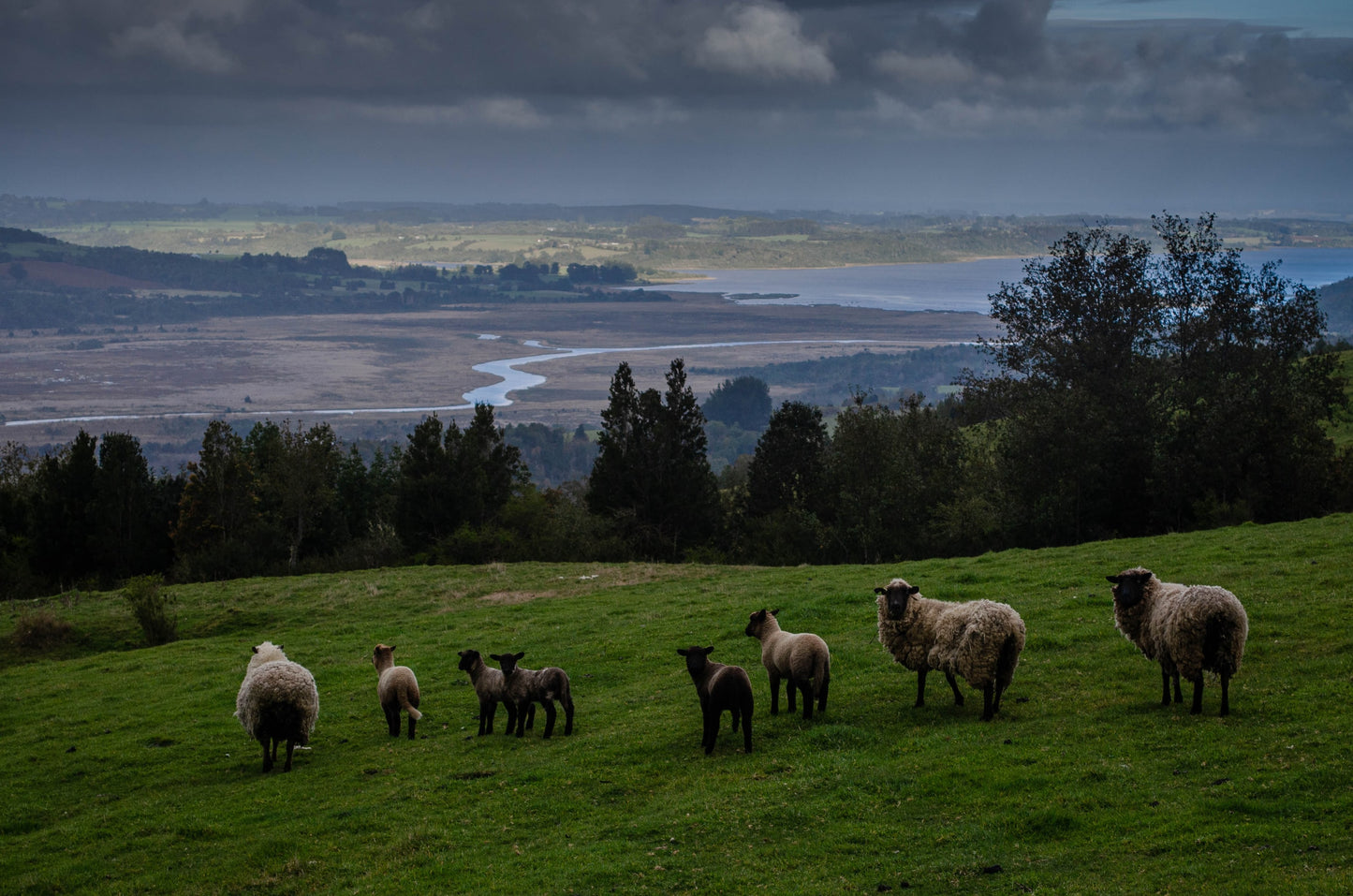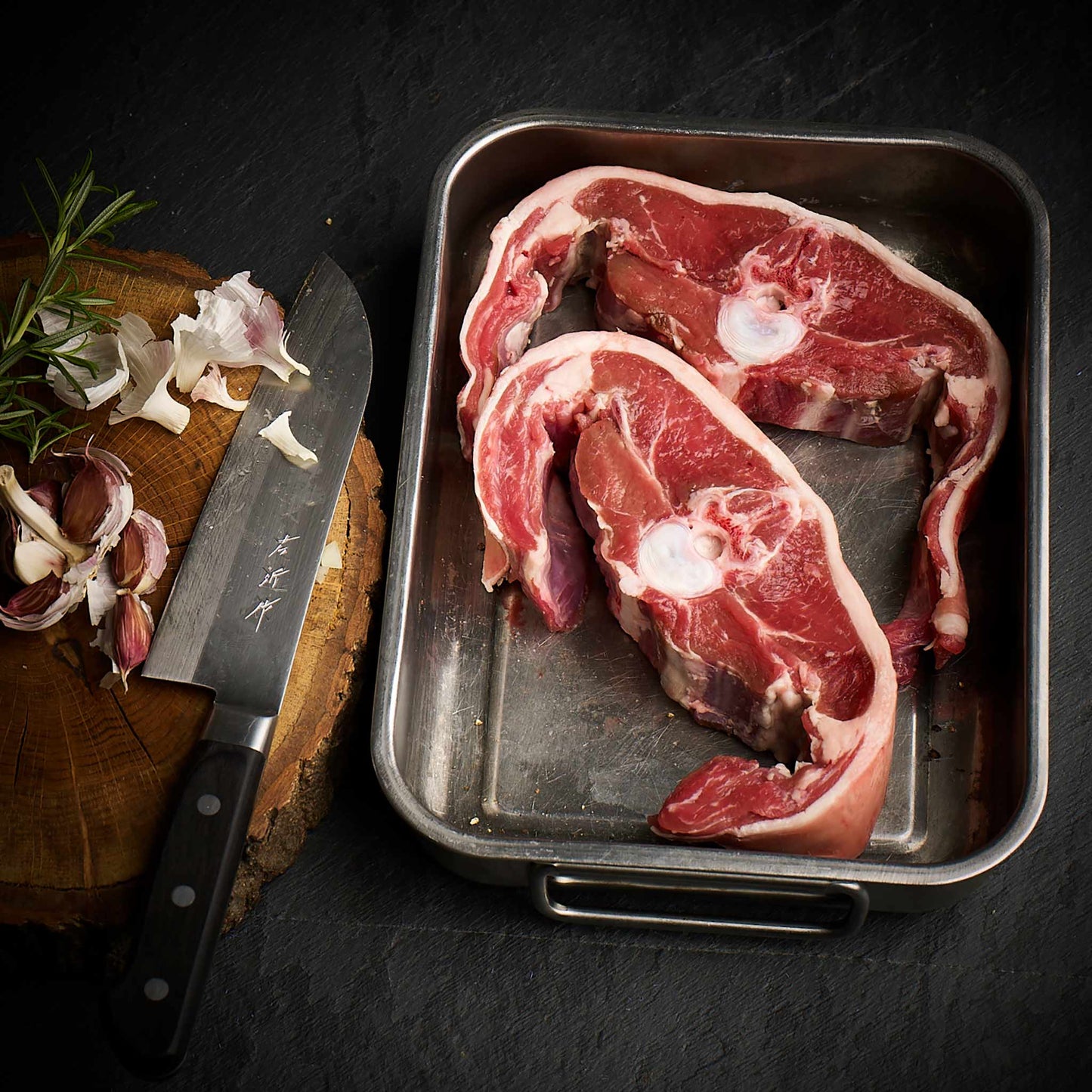We source our chicken from one farm in Leicestershire. The farm is Pasture for Life certified and rears truly free range, outdoor birds.

Environmental concerns are now everyday headlines as the effects of draining our planet’s resources become increasingly apparent. Humans have become disconnected from the world through industrialisation and urbanisation, manipulating traditional agricultural methods to find ways of living ‘faster’ and producing more.
Many of us wish to find a way to reconnect with natural systems, taking positive steps by making choices that support the environment rather than work against it. Now, some pioneers are employing radical, exciting techniques which aim to repair our broken food and farming systems and in some cases even reverse the effects that mass production has ravaged. These methods are known as regenerative agriculture.
Sustainability vs Regeneration
What do we mean by sustainability vs. regeneration? Sustainable practices are those which aim to ensure we remain living within the means of natural systems. But what if we could improve on these practices, rather than simply keep them the same?
The current paradigm of conventional agriculture is actually degenerative over the long term. Industrialised farming techniques degrade soil and water quality, use harmful pesticides and fertilisers, degrade biodiversity, contribute towards climate change, have a negative impact on our health, and a negative impact on the economy. No meaningful growth will come from blindly following convention. We must now look to the pioneers and rule breakers in order to improve long term environmental outcomes.
Regenerative Agriculture
The journey towards regenerative agriculture begins at ground level - quite literally - with breathing life and vitality back into the soil. The quality and amount of top soil in the UK is degrading at the rate of 2.2 million tonnes every year through nutrient decline and contamination. Once land has been overexploited to the point of becoming barren, it can no longer retain sufficient water and carbon leading to long term decline in biological productivity. The land becomes unworkable and essentially redundant.
But there is hope. A select group of farmers are leading their field by practising methods which aim to regenerate topsoil, improve the water cycle, enhance ecosystems and their biodiversity, support storage of carbon and increase resilience to climate change. Over time, the health and fertility of the soil can be rejuvenated.
This movement towards more progressive systems builds on the roots laid by permaculture, a way of approaching land management with respect for natural ecosystems. In the words of the man who coined the term, David Holmgren, ‘permaculture is a philosophy of working with, rather than against nature; of protracted and thoughtful observation rather than protracted and thoughtless labor; and of looking at plants and animals in all their functions, rather than treating any area as a single product system.’ The principle is akin to an ancient law adopted by a Native North American confederacy of tribes called the Iroquois, which stated it appropriate to make decisions seven generations (or 140 years) ahead, rather than just focusing on next year’s harvest. We must be mindful of the legacy we are leaving behind.
It is now time to push these ideas forward, utilising less reductionist methods of land management such as rewilding, which restores ecosystems by introducing lost species and repairing damaged habitats, while leaving mother nature to her own devices as much as possible.
It highlights the crucial role, too, of the people working within an environment, acknowledging their positions as guardians or stewards of the land. Humans intervene only to kickstart nature while the landscape is left alone to determine its own beautifully haphazard development.
At the pioneering Knepp Estate in Horsham, rewilding has famously produced stunning results. Here, grazing animals are used as drivers of restoration and habitat creation. By placing free-roaming herbivores on the land to nibble, trample and otherwise change the surface of the soil, the Knepp team has seen the return of a complex natural environment and with it rare species including nightingales, turtle doves, peregrine falcons and purple emperor butterflies.
Planned Grazing
Planned grazing is the strategic planning, monitoring and re-planning of grazing areas to mimic the way wild cattle herds behaved independently when pursued by pack hunting predators. Cattle are intensively grazed on one area of pasture for a brief period before being moved to another.
We now know that seasonal rainfall grasslands require periodic disturbance to maintain their health, and with planned grazing this comes in the form of the intense physical impact of the cattle on the soil. Rupturing of the soil crust under hooves allows soil to breathe and absorb more moisture, encouraging plant life, while compaction improves the level of seed to soil contact required for germination (similar to the way in which gardeners tamp down soil around seeds).
Old and new plant life is also trampled down into the soil or eaten and deposited as dung, where beetles and other organisms use it to distribute moisture and minerals in the earth, maintaining biological systems of decay.
This concept of working holistically with natural cycles rather than continually striving to sustain methods which are damaging is starting to catch on globally. It’s a system which respects the complex symbiotic relationship between herds and grasslands, managing animals in harmony with the four basic ecosystem processes: the water cycle, the mineral cycle (including carbon), the flow of energy through the food chain and the community dynamics, or relationship between different organisms. What’s more, these beneficial effects of planned grazing can be produced within just a few years.
Agroforestry and Silvopasture
Agroforestry is the intentional combination of agriculture and forestry, combining trees or crops with livestock to encourage a symbiotic relationship which works with nature rather than attempting to command and control it.
Silvopasture is a branch of agroforestry which integrates livestock with trees and grazing animals to lock carbon into the soil in a process known as carbon sequestration - one of the greatest weapons we have against climate change.
Placing trees within a grazing zone means deep roots which bring numerous benefits such as binding the soil together thus protecting it from erosion; providing above-ground habitats for wildlife including natural predators which act as pest control for farmers; and bringing canopy protection in the form of shade and shelter for those animals grazing below. In addition, the trees can produce food for humans in the form of fruits such as apples, and nuts such as walnuts.
Thanks to silvopasture, land which was previously considered unusable for food production, such as heavily wooded or forest areas, are now being used to graze cattle. Historically, a line has been drawn between fields used for grazing and forests, which has led to the fragmented chunks of forest and haphazard hedgerows we see today. By utilising these spaces through silvopasture we begin to integrate ecosystems naturally, reconnecting habitats through a thriving green spine of woodland running up and down the country.
The Future of Farming
What is clear, then, is that future farms should be those which disguise themselves as forests and nature reserves, with abundant vegetation teeming with bird, mammal and insect life, plus of course plenty of those grazing animals free to roam, snuffle and stampede.
As cattle rancher, environmentalist and former vegetarian Nicolette Hahn Niman points out in her piece ‘The Carnivore’s Dilemma’ for the New York Times (and later in her book Defending Beef), it’s not the raising of livestock that is inherently damaging to the environment, but today’s methods of raising them.
We’re seeing that cattle, when properly reared on pasture without pesticides or fertilisers and with minimal intervention can have incredible benefits for soil quality, climate change, biodiversity, animal welfare and even our own physical health, as scientific studies begin to show that grass fed diets can significantly improve the fatty acid composition and antioxidant content of beef.
The interaction between living creatures and the physical environment is a fine balance and one which the health of our planet depends on. Revisiting ancient, natural ways of working the land can begin to repair some of the damage we have caused by continually driving down costs to maximise short term profits.
It’s time to move away from the conventional farming methods which are harming our planet towards a radical regenerative future. We need to recognise that it’s the methods, not the meat, which are the problem and by choosing to eat a higher quality product we stand a better chance of leaving a legacy our great great-grandchildren can enjoy.



